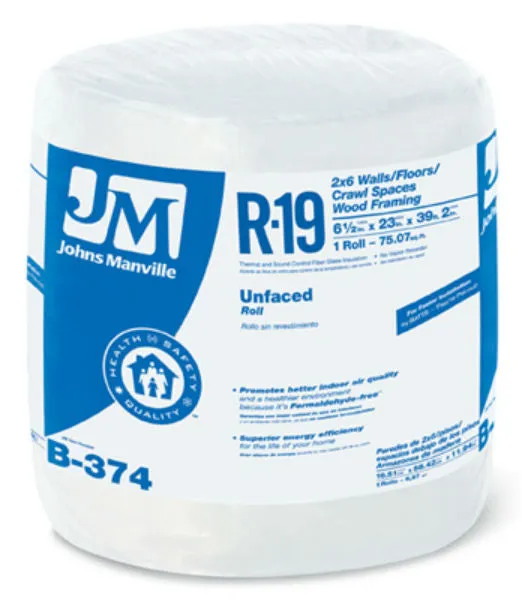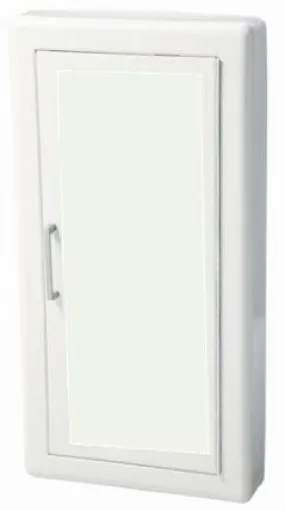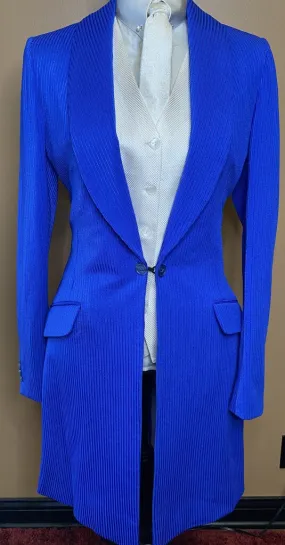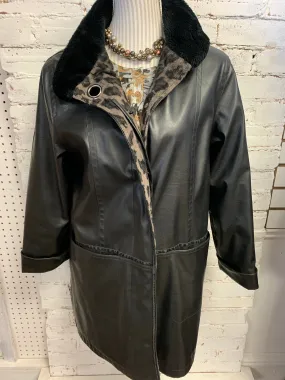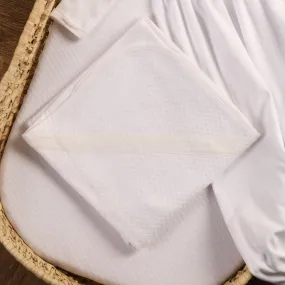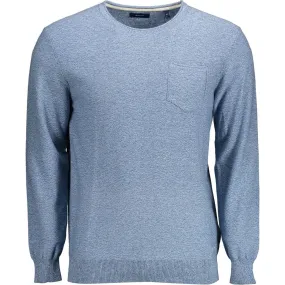Johns Manville's Unfaced Insulation is a lightweight thermal and acoustical fiber glass insulation made of long, resilient glass fibers bonded with an acrylic thermosetting resin made without formaldehyde. Unfaced Rolls are effective when controlling unwanted noise in internal walls and where vapor control is required; a separate vapor retarder can be used.
- R-Value: R-19
- Size: 23" x 39'2"
- Thickness: 6-1/2"
- Coverage: 75.07 sq. ft.
- Unfaced fiberglass insulation
- 2x6 walls/floors, crawl spaces, wood-framing
- Promotes better indoor air quality and a healthier environment because it's Formaldehyde-free™
- Superior energy efficiency for the life of your home
- Roll.
Roll Insulation Tips:
- Open the packages by cutting lengthwise through the side panel. Be careful to avoid cutting the product or facing. The insulation will quickly expand to its full volume when the bag is opened.
- Rolls must be measured and cut to fit into wall cavities. Cut insulation about an inch wider than the space using a sharp utility knife against a safe backstop, such as an unfinished floor or other smooth, flat surface. Always cut on the unfaced side of the batt.
- Cut the insulation to fit properly. Don't double it over or compress it. Compression changes the R-value of the insulation.
- Gently push insulation into the cavity so that it sits all the way, especially at the corner and edges. Then, fluff it to its full expansion by pulling it forward to fill the depth of the cavity. The fit should be snug.
- With faced insulation make sure the vapor retarder is facing the conditioned interior space, unless building codes specify otherwise.
- Allow friction to hold the insulation in place. Or you can staple the flanges of faced insulation to the insides or face of the joists. (Stapling on the inside is preferred by many drywallers because it leaves the edges of the framing members easier to locate. However, your local building codes may require you to overlap the flanges and staple them to the edges of the framing members.)
- Take care not to stretch the facing too tight as you staple, which can over compress the insulation, and avoid gaps and puckers.
- Secure floor insulation with wire fasteners, sometimes called "lightning rods." Press the fasteners so they bow up gently against the subflooring without compressing it. Space the fasteners at least six inches from each end of the batt and 12" - 24" apart.
- When installing rolls in an unfinished attic or other large open area, simply unroll the insulation in place.
- Wherever there are adjacent rolls, make sure they fit snugly together.




